IT infrastructure procurement has dramatically transformed with the advent of public cloud services. Organizations can now swiftly provision servers and software applications, replacing the traditional months-long process with instantaneous actions. This shift empowers decentralized teams of engineers to make decisions autonomously, no longer hindered by financial gatekeeping.
However, embracing this dynamic spending model necessitates establishing new governance processes. Without proper oversight, organizations risk unnecessary expenditures and diminished returns on investment. To mitigate these challenges, it becomes imperative to dismantle consolidated cloud bills, assign costs to respective business units, and identify avenues for cost optimization.
With ongoing savings potential of up to 15%, adopting Cloud Cost Management and Optimization (CCMO) tools emerges as a business’s strategic imperative. As highlighted by Forrester, the combination of increased cloud usage and immediate return on investment renders CCMO tools a compelling choice for organizations navigating the cloud landscape.
Overview of What Cloud Cost Management Is
Cloud cost management—also known as cloud cost optimization or cloud cost governance—is the process of managing and reducing a business’s overall cloud spend – IBM Defined
Cloud cost management, often called cloud cost optimization, is the strategic approach that enables enterprises to comprehend and control the costs and requirements associated with their cloud technology. It entails identifying cost-efficient methods to maximize cloud utilization and efficiency.
Its primary objective is to identify avenues for cost optimization and maximize the return on investment in cloud infrastructure. Traditionally, cloud cost management has focused on reducing waste by eliminating underutilized or idle resources and optimizing purchases through d******* programs like reserved instances and savings plans.
However, as organizations transition towards next-generation cloud services, the emphasis on cloud cost management is shifting towards architectural optimization. This involves designing applications with highly elastic infrastructure to ensure payment is only made for actual usage by the company and its customers.
For instance, serverless options such as AWS Lambda offer a precise level of on-demand infrastructure down to the millisecond. By leveraging such services, organizations can align costs closely with customer utilization. In addition to optimizing software architecture, organizations must measure unit cost, cost of goods sold (COGS), and cost per customer as part of their cloud cost management strategy.
While an increase in cloud costs can signify business growth, it’s crucial to discern whether this uptick corresponds to genuine expansion or excessive spending that could erode profit margins and market valuation.
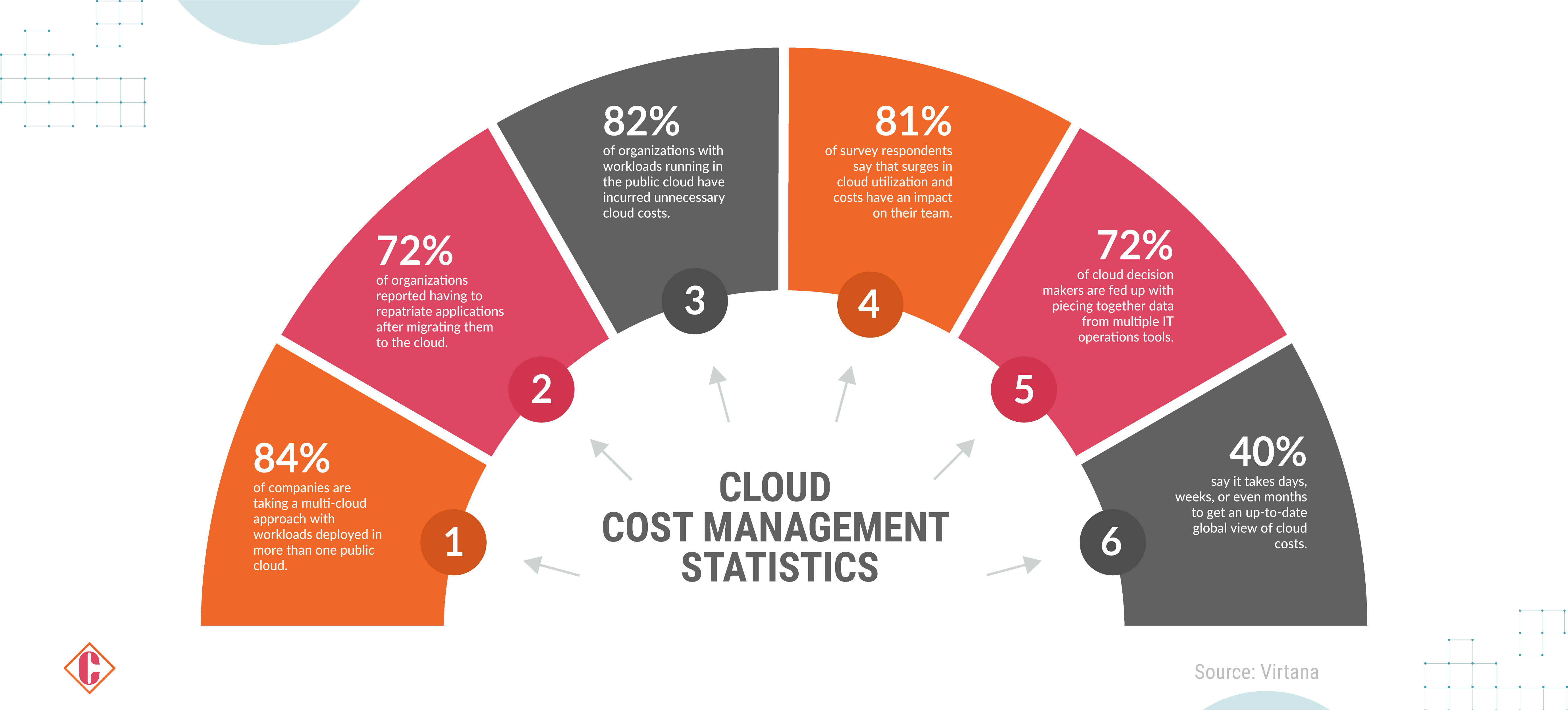 Importance of Cloud Cost Management
Importance of Cloud Cost Management
Cloud Cost Management (CCM) is vital for businesses transitioning to cloud infrastructure due to its myriad benefits, including cost savings, scalability, and enhanced performance. The global cloud computing market, projected to reach USD 1,554.94 billion by 2030, underscores the significance of this shift.
However, the advantages of cloud adoption also introduce challenges, notably the escalating cloud costs. Organizations risk financial repercussions without proper management, such as unforeseen cost hikes and underutilized resources. Research indicates that nearly half of organizations perceive their cloud costs to be higher than necessary, with only a minority fully understanding their expenditure patterns.
Implementing effective cloud cost management strategies allows organizations to optimize their cloud infrastructure, maximizing usage and efficiency while minimizing costs. This approach facilitates better forecasting, expense management, and overall profitability. By promoting accountability and awareness throughout the organization, cloud cost management enhances the efficacy of cloud technology adoption, ensuring businesses can harness the full potential of their cloud investments.
In alignment with the critical role of Cloud Cost Management for businesses comprising cloud infrastructure, Forrester Consulting’s study highlights the imperative of integration and modernization in curtailing cloud expenses. It reveals that strategic enhancements in cloud infrastructure lead to significant cost control and improve operational efficiency and governance. Specifically, the study identifies excessive storage, the absence of a coherent integration strategy, and inefficiencies in cloud architecture as principal factors driving up costs. It underscores that a substantial segment of organizations lacks the expertise to manage cloud spending effectively, particularly at the solution architecture stage. Adopting iPaaS solutions is highlighted as a proactive measure for optimizing spend, enhancing visibility, and bolstering cloud governance. This research accentuates the essence of diligent cloud cost management in leveraging cloud technologies to their fullest potential, ensuring that businesses can achieve cost efficiency, scalability, and superior performance in their cloud endeavors.
Strategies for Enhanced Cloud Cost Management
- Balance Value and Risk: When evaluating cloud configurations, prioritize value over cost reduction. Assess options based on their alignment with organizational priorities and risk tolerance. For instance, while option A might be cheaper, it could lead to performance issues under increased demand, impacting customer satisfaction. On the other hand, option B, though slightly pricier, offers scalability for future growth.
- Optimize Scalability for Mission-Critical Applications: For core applications, especially those requiring rapid scalability, consider a hybrid-cloud approach. Move components that scale horizontally, such as web or application servers, to the cloud while retaining critical data and transaction processing on-premises.
- Measure Workload Utilization Accurately: Evaluate workload utilization over a representative timeframe rather than relying on average or sampled data. The duration of this evaluation period should align with the business’s operational needs.
- Tailor Sizing to Workload Objectives: Align resource sizing with the specific requirements of each workload. Allocate additional resources to mission-critical tasks that demand high performance and low latency while optimizing resource allocation for less time-sensitive tasks.
- Implement Cost-Allocation Tags: Utilize cost-allocation tags to track public cloud expenditures by distinct business entities, such as departments or customers. This granular tracking enables effective cost management, especially in enterprises employing a chargeback model.
Benefits of Cloud Cost Management for Businesses
- Enhanced Visibility: Transitioning from on-premises to cloud infrastructure often leads to ambiguity regarding service procurement. Cloud cost management provides a structured framework, offering a clear view of costs aligned with business needs. This granular visibility enables informed decision-making and facilitates cost analysis, which is crucial for long-term strategic planning.
- Accurate Budget Allocation: Cloud cost management ensures accurate financial information by streamlining accounting practices and eliminating obstacles like shared resources and untagged costs. This empowers finance teams to allocate resources and budgets effectively, analyze billing data comprehensively, and optimize resource utilization. Additionally, businesses can leverage this data to negotiate pricing with cloud service providers.
- Fostering Accountability Culture: Cloud cost management cultivates a culture of accountability within organizations. Teams can effectively monitor activities and associated costs through robust governance frameworks and compliance. This fosters transparency, ownership, and awareness of cloud expenditure across all levels of the organization.
- Driving Organizational Transformation: Incorporating cloud cost management initiatives drives organizational transformation by optimizing resource allocation and fostering innovation. It addresses the challenges IT teams face transitioning from traditional infrastructure management to cloud environments. By optimizing storage and resources, organizations can focus on strategic business initiatives and foster a cost-conscious culture across departments, ultimately facilitating growth and innovation.
Tips for Selecting the Best Cloud Cost Management Tool
-
Look for Automation and AI-driven platforms.
-
Ensure the tool can identify idle and unutilized cloud resources.
-
Opt for solutions capable of predicting cloud usage at granular levels.
-
Seek platforms that can provide services that are right-sized to optimize costs.
-
Prioritize solutions with comprehensive reporting capabilities.
-
Choose tools offering visibility and in-depth spending analysis.
-
Consider platforms that utilize Reserved Instances and leverage Spot Instances.
-
Ensure the tool can monitor cost anomalies effectively.
-
Look for options that offer appropriate storage solutions.
-
Seek tools providing cost analysis at each stage of the SDLC.
-
Prioritize platforms capable of identifying and minimizing software license costs.
-
Opt for solutions that offer notifications on breaching cost thresholds.
-
Look for tools that allow creating and managing multiple cost budgets.
-
Choose platforms offering alerts on exceeding resource utilization.
Also Read: Are Cloud Cost Management And Optimization (CCMO) Tools Effective?
Leading Cloud Cost Management Tools of 2024 and Beyond
#1 Google Cloud Cost Management Platform
Google Cloud provides a comprehensive cost management platform that tracks, manages, and optimizes cloud expenses. These tools allow users to monitor cloud resource usage, set budget alerts, view expenses, and predict expenditure trends.
Key Features:
- Smart Recommendations: Offers immediate cost-saving suggestions and enhances efficiency.
- Resource Hierarchy: Provides granular access control for precise cost allocation.
- Billing Access Controls and Quota Limits: This enables users to regulate spending and prevent unexpected spikes in usage.
- Budget Alerts and Notifications: Notifies users when costs exceed defined thresholds and allows for capping costs to avoid unforeseen expenditures.
- Provision for Exporting Billing Data: Allows users to export billing data to BigQuery for detailed cost analysis.
#2 Datadog Cloud Monitoring
Datadog is a robust cloud monitoring tool offering comprehensive features for optimizing cloud costs. With its cloud cost management capabilities, users can effortlessly track, allocate, and forecast their cloud spending while identifying irregularities for enhanced cost-effectiveness.
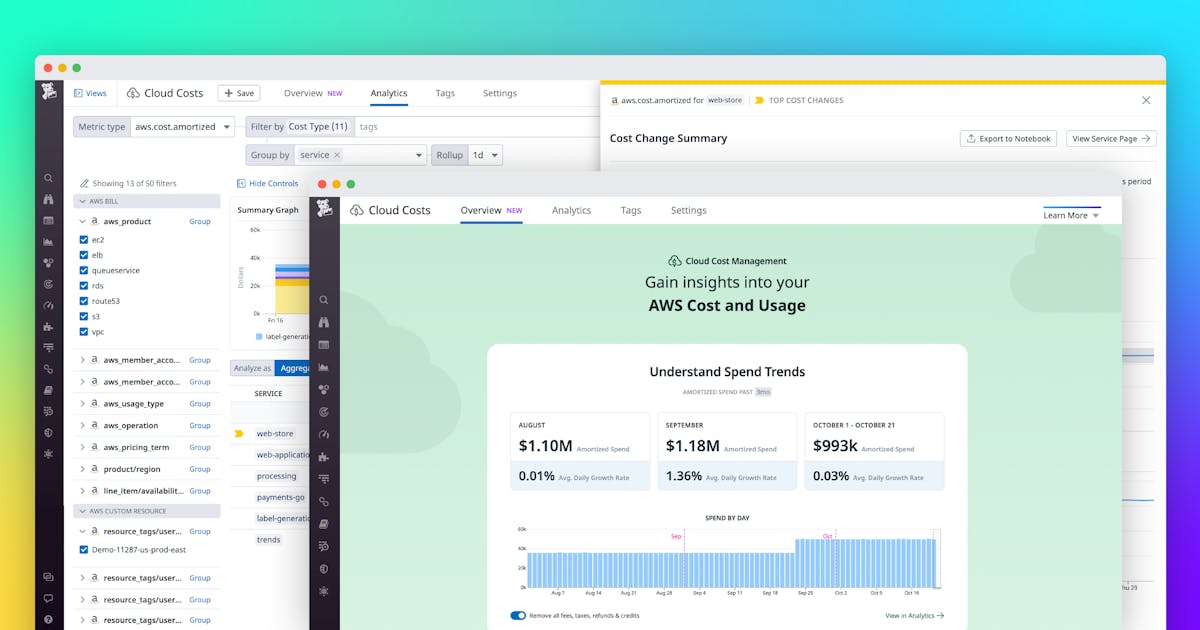
Key Features:
- Granular Cost Breakdown: Provides detailed insights into cloud expenditures at a granular level across the entire cloud environment.
- Custom Dashboards: Allows users to create customized dashboards to gain visibility into cloud costs tailored to their needs.
- Cost Change Identification: This process identifies the top cost changes associated with teams, services, and other factors within the cloud environment.
- Shared Dashboards: Facilitates sharing of cost data across FinOps, Engineering, and other teams for collaborative decision-making.
- Multi-Cloud Optimization: Enables spending optimization across multiple cloud service providers through DatadogHQ, a comprehensive tool.
Datadog’s platform empowers companies of all sizes to optimize their cloud infrastructure by offering clear insights into workload downsizing or resizing, ultimately ensuring cost-effectiveness. With its in-depth analytics and real-time monitoring capabilities, businesses can prevent overspending and over-provisioning while maximizing cloud usage efficiency. Additionally, users can explore the full version of Datadog with a complimentary 14-day trial period.
#3 Flexera Cloud Cost Management
 The Flexera Cloud Cost Management tool offers enhanced visibility and efficiency for teams operating in multi-cloud environments. This comprehensive tool provides standard features such as cost analysis, reporting, and forecasting, advanced capabilities like cost allocations by cost center and team, automatic budget alerts, and detailed insights into private and public clouds.
The Flexera Cloud Cost Management tool offers enhanced visibility and efficiency for teams operating in multi-cloud environments. This comprehensive tool provides standard features such as cost analysis, reporting, and forecasting, advanced capabilities like cost allocations by cost center and team, automatic budget alerts, and detailed insights into private and public clouds.
Offerings:
- Enhanced Visibility: Gain deeper insights into multi-cloud environments to better understand and manage cloud spending.
- Precise Allocation: Allocate costs accurately by cost center and team, enabling effective cost management and resource optimization.
- Efficient Budget Controls: Receive automatic budget alerts to prevent cost overruns and eliminate wasteful spending.
- Actionable Spend Recommendations: Benefit from actionable recommendations to optimize cloud spend and improve cost efficiency.
- Scalable Optimization: Utilize powerful functionality to identify and automate cost-saving opportunities, making cloud cost optimization a standardized part of cloud governance activities.
Flexera Cloud Cost Management empowers organizations to optimize their cloud spending effectively. It enables collaborative efforts between cloud governance teams and business units to drive cost efficiency and scalability. With its comprehensive features and actionable insights, Flexera One facilitates a streamlined cloud cost management and optimization approach.
#4 VMWare Tanzu CloudHealth
VMWare Tanzu CloudHealth is VMware’s native financial management tool, tailored to optimize cloud spending. While there is a dedicated CloudHealth version for AWS, this platform offers comprehensive features for managing cloud costs effectively.
What Tanzu Provides:
- Showback and Chargeback: Utilize showback and chargeback features to enhance cloud cost accountability, allowing visibility into cost centers driving cloud expenses.
- Cloud Cost Monitoring: Monitor cloud costs over time to track expenditure trends and predict future cloud expenses accurately.
- Waste Identification: Identify wasted spending within your cloud infrastructure to optimize resource utilization and reduce unnecessary expenses.
- Rightsizing Opportunities: Identify opportunities for rightsizing resources to align with workload requirements, optimizing cost-efficiency.
- Cost Reporting: Export detailed cost reports to analyze spending patterns and make informed decisions regarding cloud investments.
#5 AWS Cost Explorer
AWS Cost Explorer is a native tool designed specifically for tracking, analyzing, and managing costs within the AWS ecosystem.
Key Features:
- Cost Tracking: Monitor AWS usage and associated costs to gain insights into expenditure trends and patterns.
- Visual Data Representation: Utilize visual displays of cost data for enhanced analysis and decision-making, providing a clear overview compared to traditional raw data reports.
- Granular Reporting: Leverage AWS CloudTrail and other monitoring tools to capture detailed, resource-level data with hourly granularity, allowing for precise cost analysis.
- Reservation and Savings Plan Reports: Access reports on reservations and savings plans to optimize cost-saving strategies and maximize ROI on AWS investments.
#6 Apptio Cloudability
Apptio Cloudability, developed by Cloudability Inc., offers a versatile cost optimization platform designed to enhance visibility into cloud spending and optimize resource usage effectively. With a focus on rightsizing, reservation management, anomaly detection, and accurate forecasting, Cloudability aids organizations in achieving cost efficiencies within their cloud environments.
Features for Cost Optimization:
Cloudability provides a range of optimization features, including rightsizing and reservation purchase management, enabling organizations to optimize their cloud resources efficiently. Additionally, its anomaly detection capabilities and highly accurate forecasting contribute to proactive cost management strategies.
Cost Management Capabilities:
The platform assists companies in organizing and managing costs through various tagging options, views, mappings, dashboards, and reports. Cloudability offers a unique feature that allows companies to visualize their cost profile during cloud migration, facilitating informed decision-making.
Usage Transparency and Integration:
Apptio Cloudability stands out for its exceptional usage transparency, making it an excellent choice for FinOps and finance teams. Moreover, it offers seamless integration with IT Financial Management (ITFM) tools, enhancing collaboration and efficiency in cost management processes.
Pros:
- Diverse cost optimization functions.
- High transparency of cloud costs.
- Intuitive user interface (UI).
- Advanced decision-making framework with quality recommendations.
- Customizable reporting based on tags, accounts, and resource types.
- Extensive integration options with ITFM tools.
- Multi-cloud cost visibility support.
- Built-in explorer for identifying missing tags.
#7 ManageEngine CloudSpend
ManageEngine CloudSpend offers effective solutions to optimize cloud expenses by implementing various best practices, including chargebacks, capacity reservations, and resource rightsizing. This platform empowers organizations with enhanced control and visibility over their cloud costs.
Cost Reduction and Time Savings: According to ManageEngine, adopting over 50 best cloud cost practices facilitated by CloudSpend has resulted in a remarkable 33% reduction in costs and saved approximately 60% of the time typically spent on tracking cloud bills.
Business Unit Accountability: CloudSpend enables the creation of Business Units (BUs) to facilitate cost accountability across different organizational sections. This feature allows for detailed analysis and tracking of cloud spending by individual teams, ensuring transparency and accountability for every dollar spent.
Comprehensive Dashboard: The platform offers an intuitive and comprehensive dashboard that provides a holistic view of cost categories essential for cost optimization. Users can gain insights into various cost factors such as data transfer type, region, operation type, and usage type.
Key Features:
- Tag Isolation: Auto-generated and user-defined tags enable the isolation and analysis of subsets of cloud costs, facilitating focused cost management efforts.
- Team, Project, and Customer Tracking: CloudSpend allows for the tracking of costs associated with different teams, projects, and customers, providing granular insights into expenditure patterns.
- Forecasting: CloudSpend utilizes historical data to offer accurate forecasts that help organizations stay on track to meet their budget goals and optimize resource allocation.
- Accrual Cost Tracking: The platform enables tracking accruing costs, facilitating analysis of cost plans, usage trends, and overall performance to support informed decision-making.
#8 nOps.io
Nops.io, also known as nOps, offers an automated solution for collecting, analyzing, and monitoring your expenditure on AWS. Upon setup, nOps employs machine learning algorithms to understand your usage patterns, facilitating automated cost optimization measures.
 Key Features:
Key Features:
- Automated Cost Optimization: nOps automate various aspects of cost optimization, including the detection and termination of idle or unused resources, reservation management, and utilization of cost-effective spot instances instead of on-demand instances.
- Container Cluster Optimization: The SaaS platform extends its optimization capabilities to container clusters, ensuring efficient resource utilization within AWS environments.
- Alignment with the AWS Well-Architected Framework: nOps helps users achieve alignment with the AWS Well-Architected Framework by guiding them in implementing best practices for architecture design, security, reliability, performance efficiency, and cost optimization.
#9 Kubecost
Kubecost is a comprehensive Kubernetes cost monitoring and management platform that provides continuous real-time visibility into your K8s cluster cost data. It unifies K8s cost data with other infrastructure or external cloud services. Costs are attributed to breaking down bills using Kubernetes concepts such as namespace, service, and deployment. Additionally, it enables viewing costs across multiple clusters and sends custom cost optimization recommendations for users to implement.
#10 Spot by NetApp
Following its acquisition of CloudCheckr, Spot by NetApp now offers an expanded suite of cloud cost management solutions. Key features include:
- Cloud Billing Engine: This tool facilitates the generation of invoices based on policy-based rules. Additionally, it supports chargeback and showback in allocating costs to specific cost centers, aiding in understanding cloud budget allocation.
- Cost Reporting: Users can leverage this feature to aggregate and share cloud spending data with stakeholders, including finance, FinOps, and DevOps teams, enhancing transparency and accountability.
- Spot Eco: This commitment management feature streamlines purchasing, managing, and optimizing reserved commitments on Amazon Web Services and Microsoft Azure, helping organizations effectively control cloud expenditures.
Conclusion
Public cloud services have revolutionized IT infrastructure procurement, empowering organizations to provision resources and enabling decentralized decision-making swiftly. However, this dynamic spending model necessitates robust governance processes to mitigate risks of unnecessary expenditures and diminished returns on investment. Cloud cost management, also known as cloud cost optimization or cloud cost governance, plays a pivotal role.
Traditionally focused on eliminating waste and optimizing purchases, cloud cost management is shifting toward architectural optimization. This involves designing applications with highly elastic infrastructure to align costs closely with actual usage. Key strategies for enhanced cloud cost management include balancing value and risk, optimizing scalability for mission-critical applications, accurately measuring workload utilization, and implementing cost-allocation tags.
Effective cloud cost management drives numerous benefits for businesses, including enhanced visibility, accurate budget allocation, fostering a culture of accountability, and driving organizational transformation. The article also highlights leading cloud cost management tools of 2024 and beyond, including Google Cloud Cost Management Platform, Datadog Cloud Monitoring, Flexera Cloud Cost Management, VMware Tanzu CloudHealth, AWS Cost Explorer, Apptio Cloudability, ManageEngine CloudSpend, nOps.io, Kubecost, and Spot by NetApp.
FAQs
1. What are organizations’ common challenges in implementing cloud cost management strategies?
Organizations often struggle with challenges such as a lack of visibility into cloud spending across departments, difficulty aligning cloud costs with business objectives, and complexity tracking and managing costs in multi-cloud environments. Overcoming these challenges requires combining the organization’s technology, processes, and cultural changes.
2. How can cloud cost management tools help optimize spending in multi-cloud environments?
Cloud cost management tools offer features such as centralized cost tracking, support for multiple cloud providers, and the ability to implement consistent cost optimization strategies across different cloud platforms. These tools help organizations gain a comprehensive view of their cloud spending and identify opportunities for cost savings regardless of the cloud provider they use.
3. What role does automation play in effective cloud cost management?
Automation is critical for effective cloud cost management, as it helps streamline processes, identify cost-saving opportunities, and enforce cost-saving policies in real-time. Automated processes can include rightsizing recommendations, scheduling resource shutdowns during non-peak hours, and automatic scaling based on workload demand, all of which contribute to optimizing cloud spending.
4. How can organizations ensure accountability and cost transparency across different teams and departments?
Implementing cost allocation tags, establishing clear cost accountability policies, and providing stakeholders access to relevant cost data are essential steps in ensuring accountability and cost transparency across different teams and departments. Additionally, regular communication and training on cost management best practices can help foster a culture of accountability and transparency within the organization.
5. What are some potential risks associated with inadequate cloud cost management?
Inadequate cloud cost management can lead to risks such as budget overruns, reduced profitability, compromised security due to underinvestment in cloud security measures, and impaired ability to scale and innovate. Addressing these risks requires proactive cost management strategies and continuous monitoring of cloud spending patterns.
6. How can organizations measure the effectiveness of their cloud cost management efforts?
Organizations can measure the effectiveness of their cloud cost management efforts by tracking key performance indicators (KPIs) such as cost savings achieved, percentage of budget spent, return on investment (ROI) from cloud initiatives, and the ratio of actual spending to budgeted spending. Regular reviews and audits of cloud spending data can also help identify areas for improvement and optimization.
7. How do iPaaS solutions enhance Cloud Cost Management and Optimization (CCMO) strategies?
iPaaS solutions streamline integration, automate workflows, and provide unified visibility into cloud costs and usage, optimizing resource allocation and driving cost savings within organizations’ CCMO strategies.
[To share your insights with us as part of editorial or sponsored content, please write to sghosh@martechseries.com]


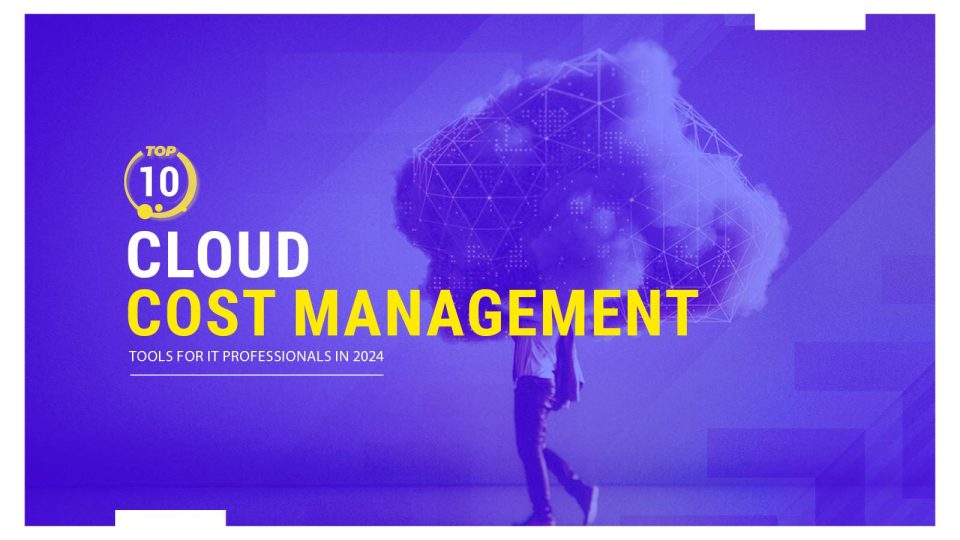
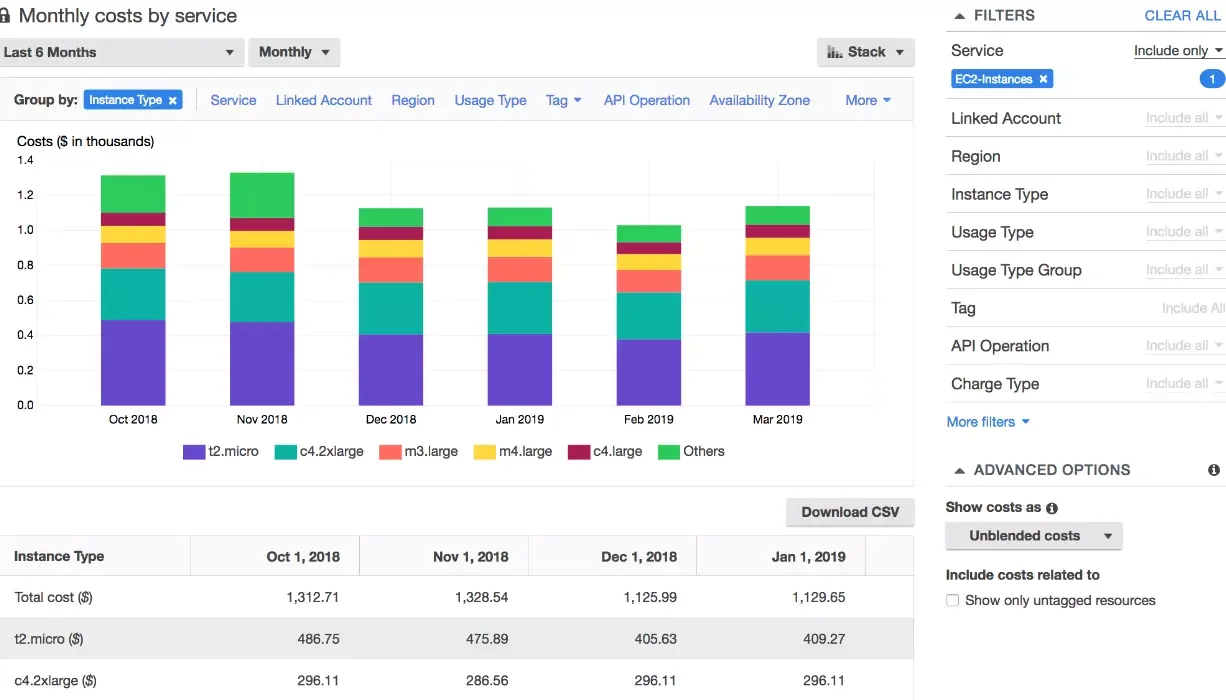
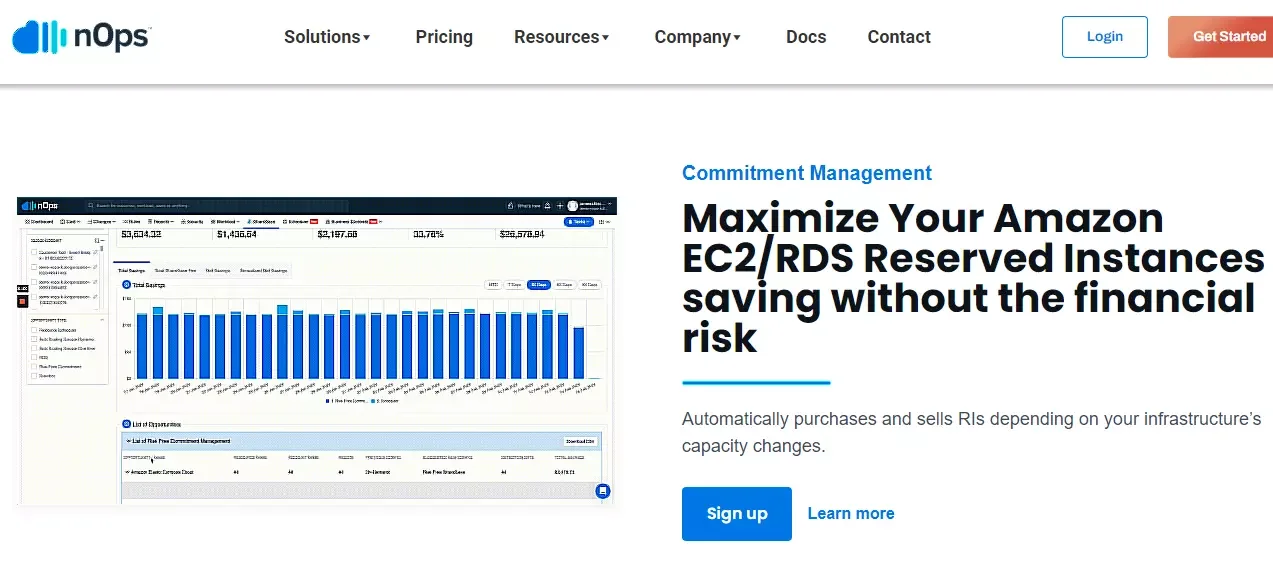 Key Features:
Key Features: